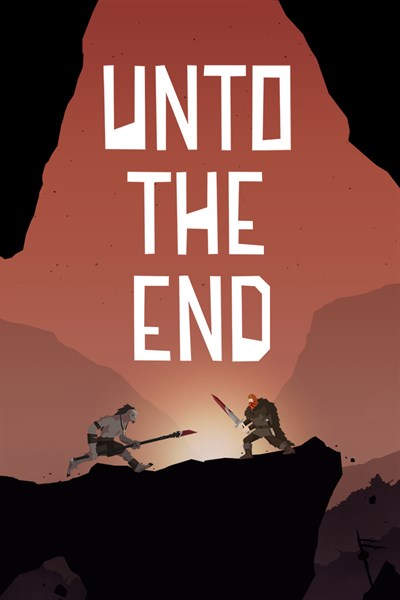
Unto The End: A Souls-like Where Fighting Isn’t Your Only Option
In Unto The End you’re the intruder, not a hero trying to save the day. You can’t level up, switch classes, or find a magic sword. Survival is all about you. How you make it home, the opportunities you create, and the kind of challenges you face, all depends on your choices. Those choices (over a hundred of them) impact the items you get, supplies you gather, who you fight, and ultimately, the home you come back to.
When Unto launched in December, you could make it past many encounters without bloodshed. The new ‘Passive Run’ update, which is out now, allows you to get home without fighting or killing anything. That doesn’t mean it’s easy. Nor is it an options setting allowing you to turn off fights. Rather, it’s a different kind of challenge, one defined by the decisions you make each step of the way.

Observation, Not Reflexes
Fighting is all about reading and reacting. Making it home without fighting is about patience and observation.
In one encounter you walk into a large room, four jars sit behind a stone table covered with a white cloth. Three of the jars are filled with the supplies you’ve been gathering along the way: bones, leather, and sticks. One of the jars is empty. Reaching the center of the room a creature bangs his staff on the ground and gestures at the cloth covered table. Move further in, and a second creature roars at you, and gestures back at the same table.

The creatures want to exchange supplies, they’re unsure who you are, but they are traders, perhaps you have something they want. You can blindly exchange bones for sticks, sticks for leather, and so on. Or, you can spot the empty jar, notice that the creatures are missing herbs, and offer them some. Doing so earns you a special item, it’s something sacred to them, but they see it as a fair exchange for healing herbs.
Reading the item’s description, you’ll learn who the creatures are and what they use the item for. Doing so fills in some lore and gives you a hint about how to pass future encounters without fighting. Every encounter in Unto allows for this kind of flexibility. Fight if you want, but there are always alternatives.

Gameplay Rather Than Settings
Unto has a single difficulty related setting, Combat Speed. You can adjust it to 100%, 75%, or 50%. Doing so slows down combat for you and your opponents. It doesn’t make combat easier, you still must read and react, but it does give you more time for both — making the experience less about timing and reflexes.
Beyond combat speed, challenge is designed into gameplay. The gestures the creatures make, the setup of encounters, the environments nearby and next to the creatures, are all there to help you spot opportunities to avoid fighting. We want players to control the experience, from within the experience, rather than through a settings menu.

First Contact
When designing the encounters for Unto, we imagined walking through a forest and coming across a mother bear and her cubs. What would we do? How would the bear react? How would we communicate?
Every creature in Unto The End is territorial, and many are driven by honor, but none of them are evil. Most have never seen a human before. If you march into their home, sword drawn, ready to fight, you’re saying “I’m a threat!”.

Posture and actions matter in Unto. If you’re trading with creatures, they’ll ask you to put your sword away. If you run away while a trade is in process, they’ll see it as disrespectful and attack. If you drop into their den while they’re eating, they’ll think you’re there to steal their food. You’re stepping into their lives unannounced, how you behave determines their reaction.
For us, games are all about immersing yourself in a world and feeling the kinds of things the main character feels. In Unto the End, that means less guidance and hand holding, but it’s also what we think makes games unique: the ability to experience things firsthand.


Unto The End
Big Sugar Games

